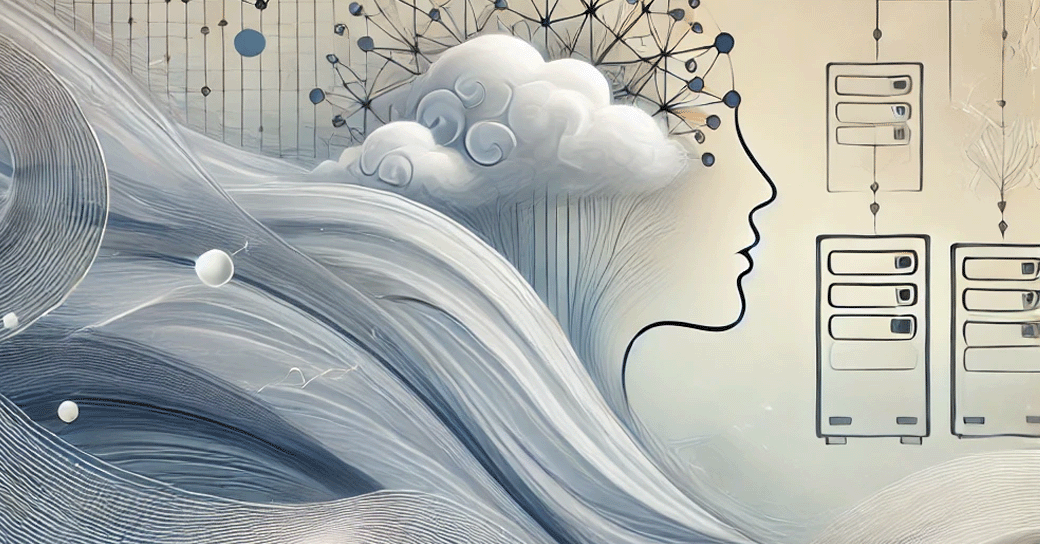In an era where digital transformation is no longer optional but imperative, the modernization of mainframe systems presents both a challenge and an opportunity. These legacy systems, known for their reliability and critical role in enterprise operations, now find themselves at a crossroads. The demand for enhanced scalability, superior performance, and seamless integration with modern technologies is pushing these systems to evolve — or risk obsolescence. While robust, these legacy systems often fall short of meeting today’s demands for scalability, performance, and seamless integration.

Here is where we could employ “mindful” machine learning (ML), a transformative approach that can help organizations navigate the complex process of modernizing these systems with precision and foresight. By employing ML thoughtfully, businesses can ensure a smoother transition that not only preserves the reliability of their mainframes but also enhances their functionality to meet contemporary needs, inspiring a sense of the possibilities that ML opens up for mainframe systems.
Enhancing Non-Functional Requirements
ML can significantly enhance modernization by addressing non-functional requirements such as performance, scalability, and reliability. For example, employing graph neural networks (GNNs) can be particularly effective. GNNs can represent the legacy system as a complex graph, capturing its intricate relationships and dependencies. By training these models on extensive datasets of successful migrations, they learn to recognize patterns and structures that align well with modern architectures.
When applied to a new legacy system, the GNN can suggest data partitioning strategies for improved scalability or propose caching layers and content delivery network (CDN) implementations for performance optimization. This proactive approach to modernization ensures that the system not only functions in its new environment but thrives.
Intelligent Workload Distribution and Resource Optimization
Another critical aspect of modernization is the optimization of workloads and resources. Leveraging a combination of reinforcement learning (RL) and time series forecasting, organizations can continually enhance the performance of their migrated systems. The RL agent, through continuous interaction with the system, experiments with various resource allocation strategies to find the most efficient configuration.
Moreover, natural language processing (NLP) techniques can be employed to analyze and update outdated documentation, ensuring that the transition is seamless. Anomaly detection algorithms further contribute by pinpointing security vulnerabilities and compliance issues, thus safeguarding the system during and after the migration process.
Advanced Concepts: Digital Twins and ML Synergy
Technologies such as “digital twins,” when combined with machine learning, unlock a world of possibilities for mainframe modernization. Digital twins provide a virtual replica of the legacy system, allowing developers to experiment and optimize strategies in a risk-free environment. By applying reinforcement learning algorithms to these digital twins, organizations can uncover innovative ways to improve non-functional requirements that might not be apparent through traditional analysis.
This synergy between digital twins and ML offers a glimpse into a future where modernization efforts are not only more effective but also more creative. To implement this, organizations should start by identifying and documenting the key processes, data flows, and interactions within their legacy systems. This information serves as the foundation for building a virtual model that mimics the system’s behavior.
After establishing the model, it is integrated with real-time data and AI algorithms to simulate and test various modernization scenarios. This approach empowers decision-makers to make informed, data-driven choices that align with both the technical and business objectives of their organization.
Mainframe modernization goes beyond a technical challenge; it’s a chance to reshape an organization’s IT future. A mindful approach to mainframe modernization emphasizes careful consideration and strategic planning at every step. It involves understanding the unique complexities of legacy systems. It’s about strategically applying ML to analyze and optimize performance, predict potential issues, and offer intelligent recommendations for modernization, all while aligning with business goals. This approach ensures that the modernization not only upgrades the system’s capabilities — like scalability and efficiency — but is done thoughtfully, without disrupting operations, and with a focus on long-term sustainability, providing a secure future for your IT systems.
Kartik Mecheri is the Chief Architect at Karsun Solutions. A dynamic leader with a rich background in technology and management, Kartik has spearheaded large-scale digital transformation projects while keeping Karsun’s customers at the forefront of technological advancements. His expertise in cloud computing, modern software development, and enterprise modernization ensure Karsun’s customers receive cutting-edge services while enhancing their internal processes. That includes integrating emerging technologies such as artificial intelligence and machine learning with current modernization practices. The latest release from the Karsun Innovation Center is ReDuX AI, a toolkit that addresses the challenges associated with the migration of complex legacy systems.





Leave a Reply
You must be logged in to post a comment.